A slice of green paradise in the densely populated metropolis of Mumbai, the Conservation Education Centre of the Bombay Natural History Society (CEC-BNHS) is a must-visit for all nature lovers and wildlife photographers residing in or visiting the city. Here, you can take one of the many trails through forested paths under the guidance of ace naturalists to explore the diverse wildlife that thrives in the safe and secure environment. Below is a list of 11 notable species of wild flora and fauna that are an absolute delight to observe during a visit to CEC-BNHS.
Indian Moon Moth
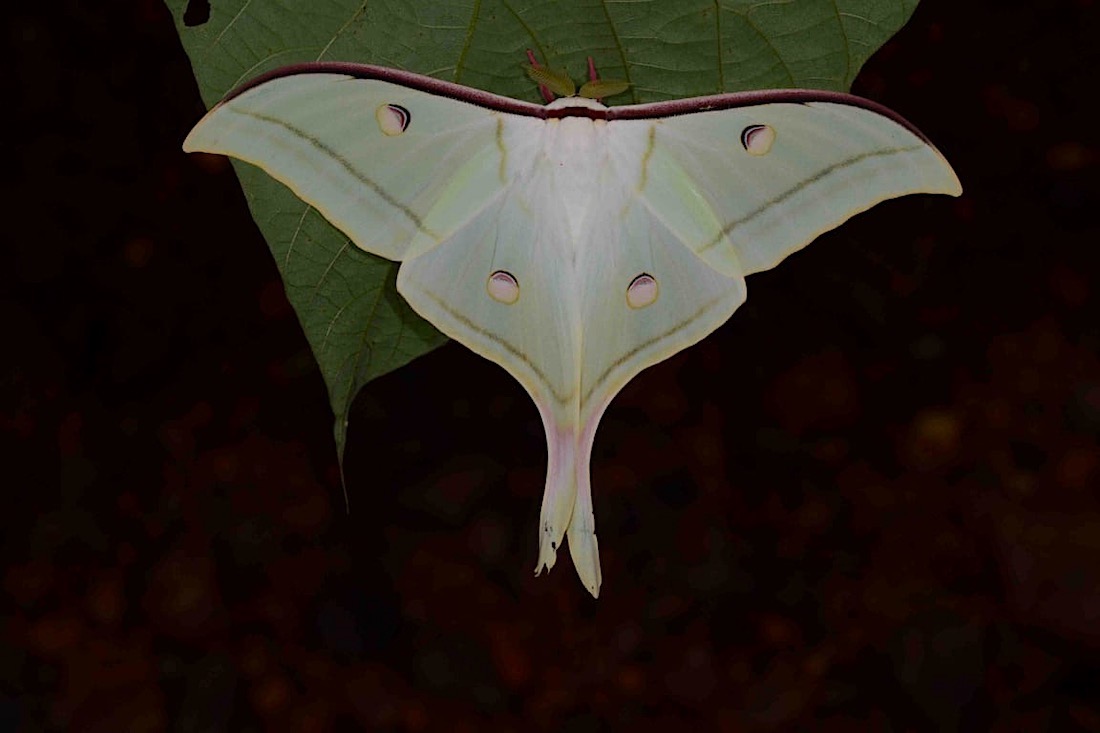
It is quite an enchanting being. With its soothing green wings, beautiful ochreous moon spots, large, well-defined fore-wings, and daintily trailing hindwings, this creature of the night is a photographer’s delight. The Indian moon moth (Actias selene), which gets its name from the moon spots on its wings, is definitely one of the highlight species you watch out for at CEC. Monsoon is the best time to see this species. Look out behind the leaves; you might just see this beauty peeping out.
Three-toed Kingfisher/Black-backed Dwarf Kingfisher/Oriental Dwarf Kingfisher
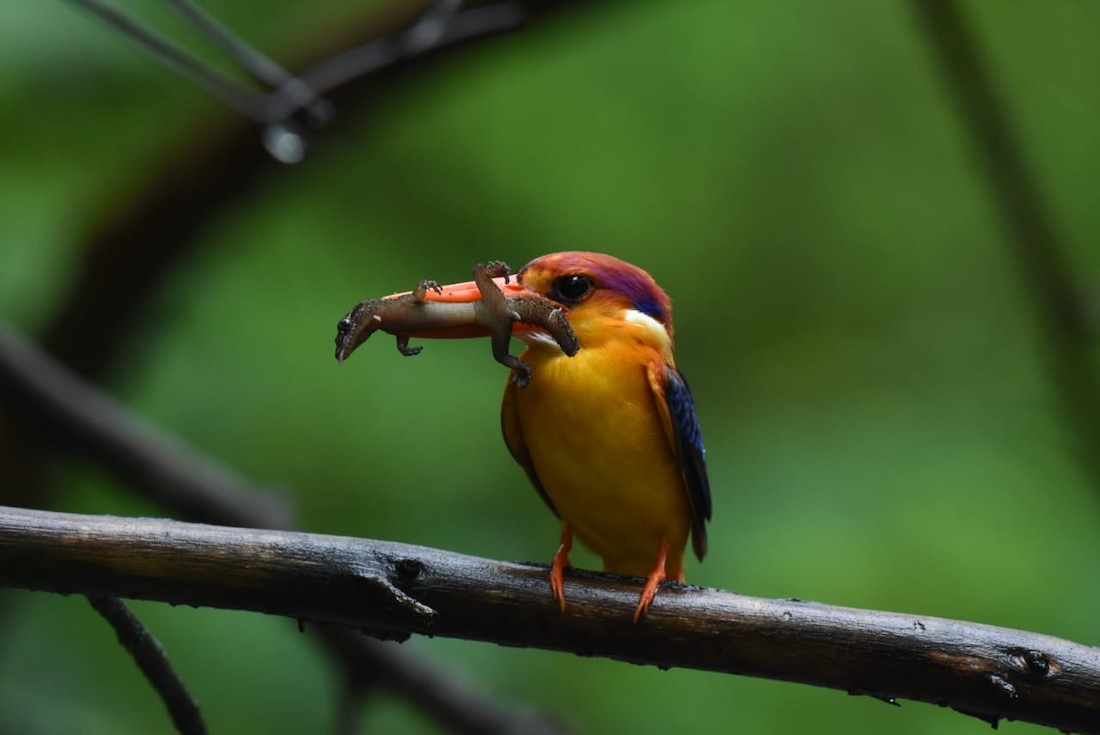
Come monsoons, and you must head out to CEC-BNHS for this resplendent beauty. This bird, commonly known as the oriental dwarf kingfisher (Ceyx erithaca), is a riot of colours. It is striking to look at. This near-threatened species of bird occurs in lowland forested habitats near water bodies where it feeds on fish, frogs, lizards, insects, etc. During the monsoons, search for this bird near the many streams flowing through the forest and you might be lucky enough to see the male kingfisher trying to appease the female with offerings of fish freshly caught from the stream.
Forest Ghost Flower

Its distinct blooms in the monsoons in the CEC forest are a visual treat. The forest ghost flower (Aeginetia indica) is a root parasite growing on the roots of plants of other species and deriving nutrients from the same. Since it does not perform photosynthesis, the plant lacks leaves, and the yellowish-to-reddish-brown stems emerge from the soil, bearing flowers at their tips that appear like beautiful pink rose buds. The plant is known to have medicinal properties and is also used in some Hindu ritualistic practices where it is placed in altars and shrines and worshipped. August is the month with the most potential to see the flowering of this plant.
Indian Rock Python
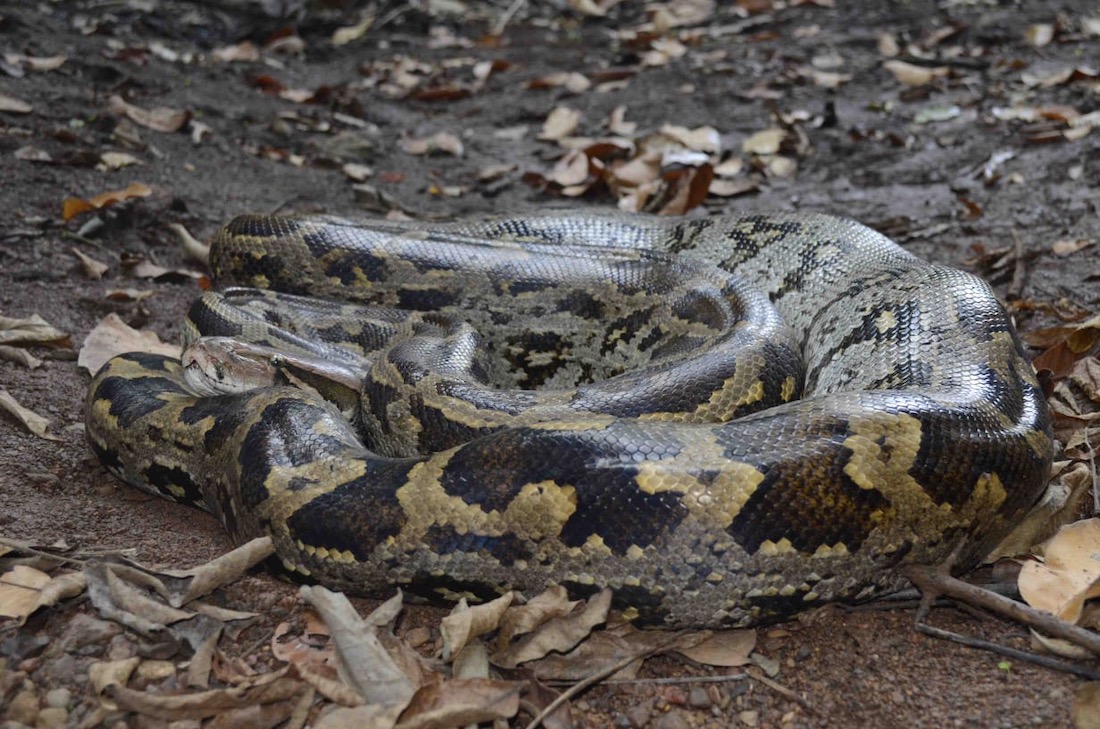
Seeing this mighty reptilian that can grow as long as 3 m in the forest is an unforgettable experience. This massive snake (Python molurus) is a nonvenomous constrictor that kills its prey by constricting it. This snake is an extremely slow mover on land but is an excellent swimmer. After consuming prey, the python goes without food for long periods and remains in a highly lethargic state. Sometimes, upon sensing danger, it regurgitates its prey before escaping. The Indian rock python is now a near-threatened species suffering from habitat loss and degradation. Again, monsoon is the best time to see this snake wake up from its slumber and become more active.
Barking Deer
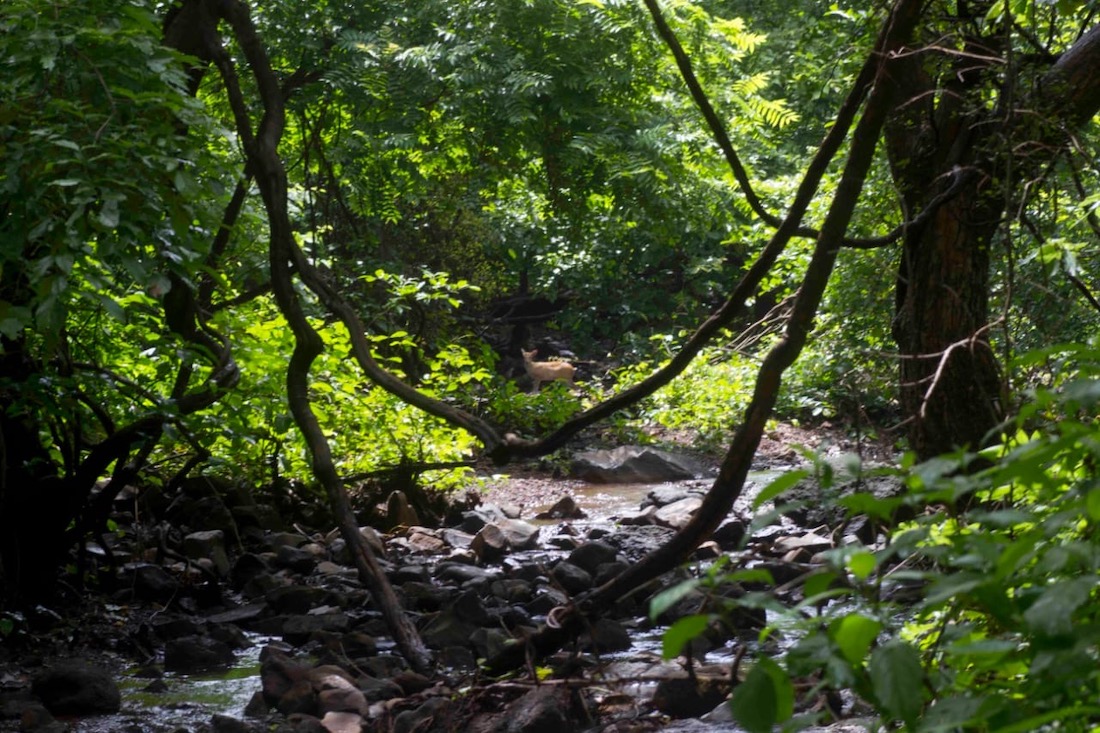
A small deer species, the Indian muntjac or barking deer, looks very pretty amid the foliage. However, while it may appear timid, it can get quite aggressive about its territory. Male barking deer often pick up intense fights with each other where they use their tiny, unbranched antlers and tusks (modified canine teeth pointing downwards) to win over territory and females. These deer are omnivores, feeding on various plant and animal matter. Summer is the best season to see them as the vegetation is less dense, and the animals are frequently drawn to water holes to quench their thirst.
Indian Violet Tarantula/Fimbriated Striated Burrowing Spider
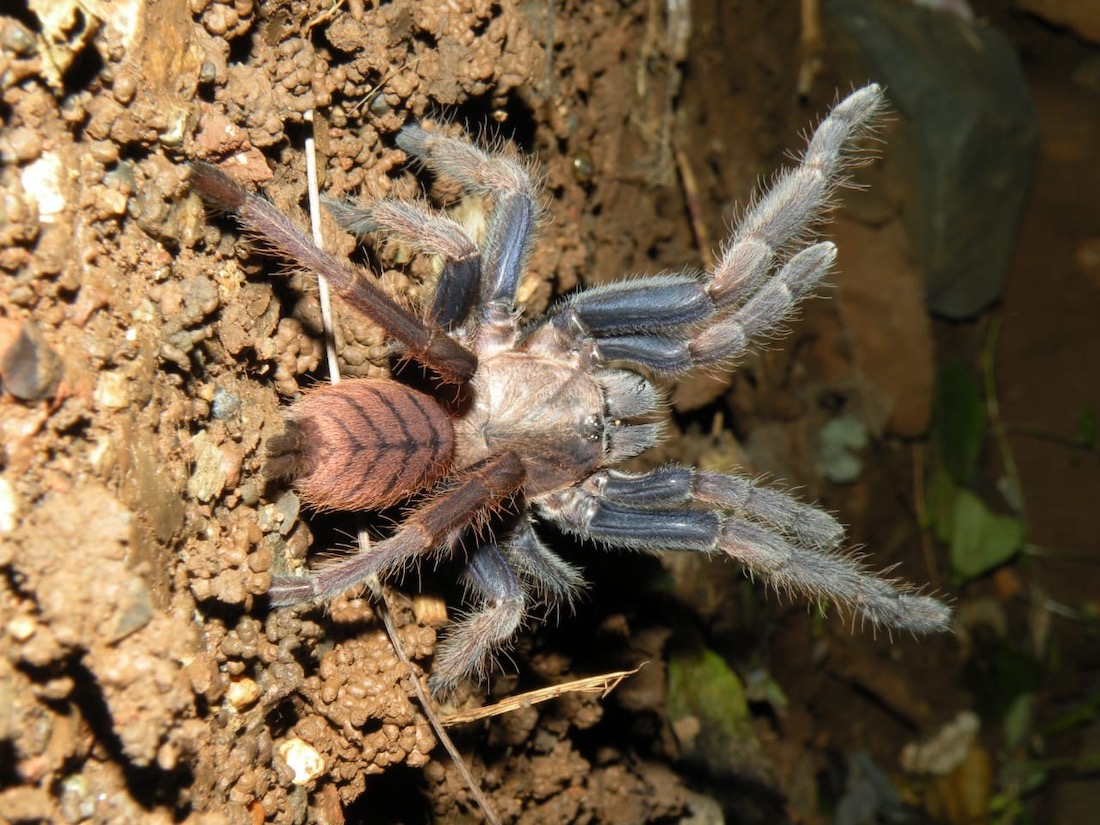
India’s very own tarantula, the Indian violet (Chilobrachys fimbriatus), is not a species you can ignore. This giant spider, which grows more than 6 inches in size, has distinctive chevron markings on the abdomen. Males of the species display a metallic bluish tinge, while females are brown. The species is endemic to the Western Ghats of Maharashtra and Karnataka, where it lives in burrows in the ground in forested habitats. This spider is poisonous and can deliver nasty bites which is, however, not known to be fatal to humans. At CEC-BNHS, you may see this massive arachnid hidden in cavities in tree trunks or tiny holes in the ground. It is definitely one of the forest’s most exciting species to observe!
Indian Pitta

It has small in its name, with the word pitta derived from Telugu meaning “small.” However, this pocket-sized bird is big in fame because of its beauty. People have women many folklores around this brightly-hued bird, which has also attained celebrity status in recent times, being featured on scores of magazine and book covers. It is also nicknamed the “6-o-clock bird”, referring to its crepuscular behaviour of being most active at dawn and dusk. While the Indian pitta (Pitta brachyura) does not excel in flight, it is a skilful forager on the ground with its strong bill and keen sense of smell, helping the bird dig out subterranean prey like earthworms. Seeing it in CEC-BNHS is a matter of luck as it is not a resident of the place, but when it does appear in front of you, you cannot take your eyes off this bird.
Bamboo Pit Viper
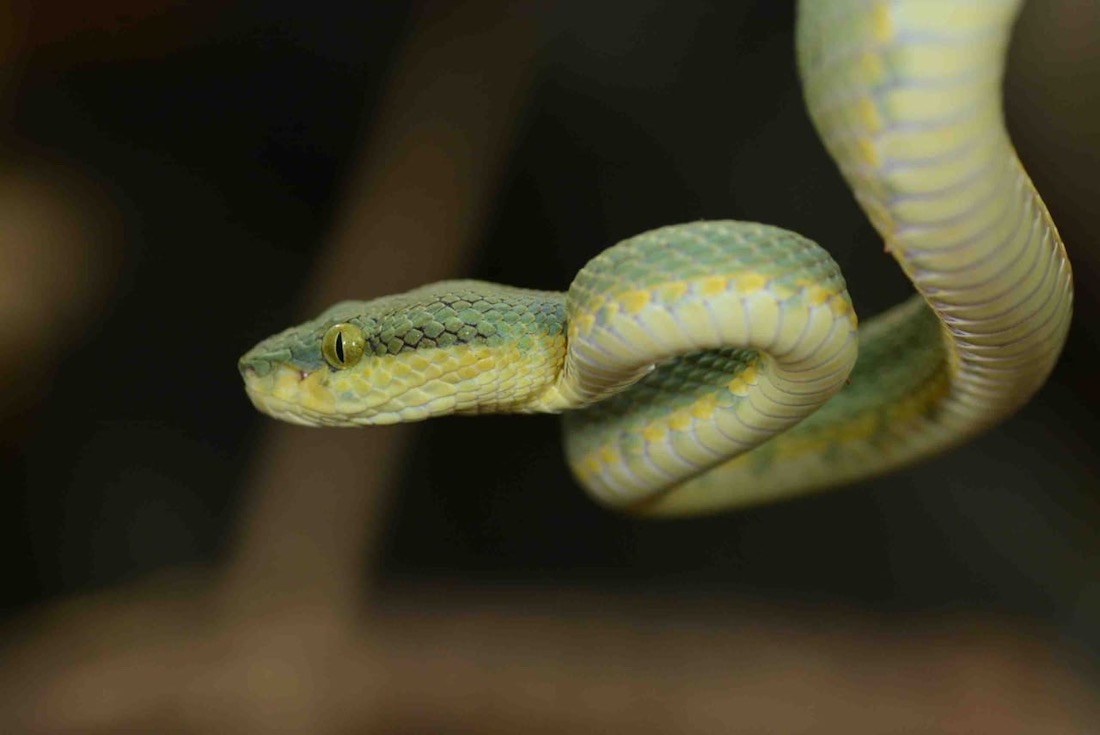
It is a highlight species for wildlife photographers. The gorgeous snake with its vivid green colour (Trimeresurus gramineus) wrapped on a tree trunk is a sight to behold. You will find this arboreal species on small to medium-sized trees and bushes in forests with dense vegetation cover, where it hunts for prey like small mammals, amphibians, birds, and other reptiles. The bamboo pit viper is venomous, and although rare, bites by this snake can cause severe pain and swelling in humans. Like most herpetofauna, the bamboo pit viper is also best seen during the monsoon season. If you can brave the downpour, mud and slush, you will be rewarded with the sighting of this beauty at CEC-BNHS.
Fungoid Frog

Frogs can definitely be beautiful, and the fungoid frog, also called the Malabar Hills frog (Hydrophylax malabaricus) shows it in the eye. Its bright colours, stripes, bands, and blotches all combine to make it a macro photographer’s desire. Best viewed in the monsoons, the fungoid frog sometimes appears right before you, hopping onto the road, as you move on the trails at CEC-BNHS.
Crinum Lily
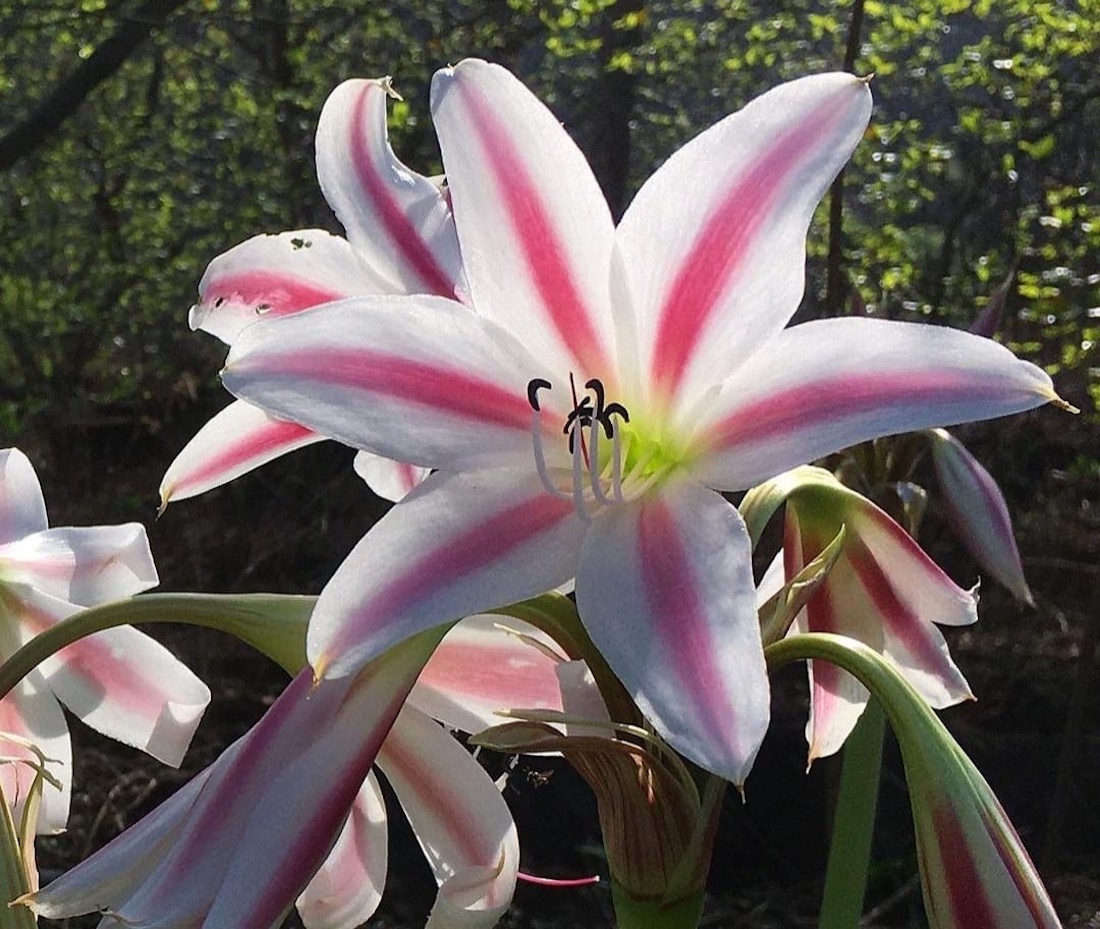
In Ayurveda, the Crinum lily (Crinum latifolium) is known as “Sudarshana” and “Sukhdarshan”, meaning one who is beautiful to look at and one who gives you happiness when looking at it. Indeed, this plant’s large, pink-striped milky white flowers are incredibly delicate in appearance, making for a very soothing sight. The plant itself is a perennial herb arising from an underground bulb. The stout stems rise about 2 m from the ground. To see this plant, you need to stay really alert. It blooms with the first monsoon showers and disappears almost immediately within the span of a week. So, if you miss the golden period, you have to wait another year to see the plant bloom again.
Leopard
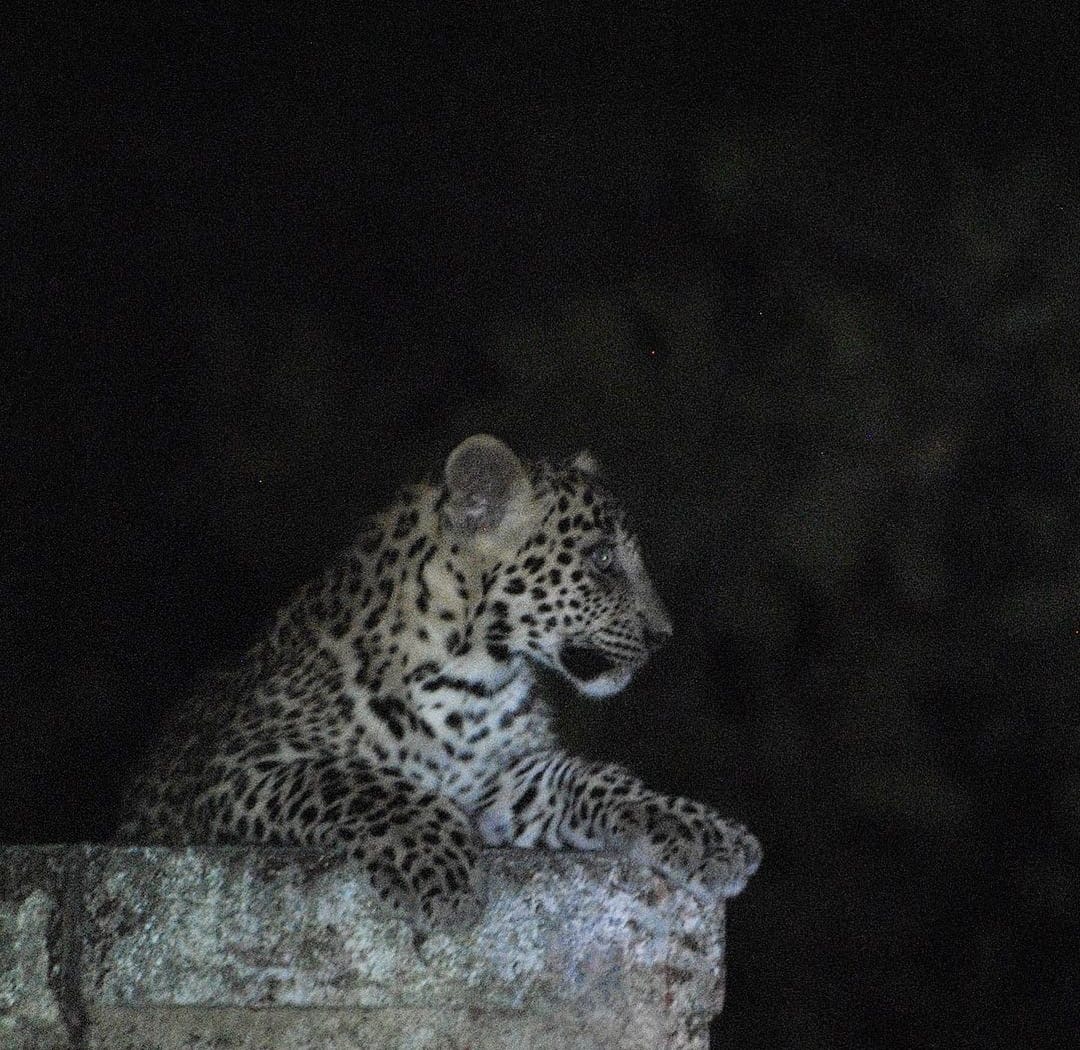
Of course, the star attraction of CEC-BNHS, the leopard (Panthera pardus fusca), has to be mentioned. While you need to be extremely lucky to actually see the rosetted beauty with your own eyes, there are plenty of ways this big cat will ensure you are aware of its presence. Pugmarks, scats, scrape marks on the ground, claw marks on tree barks – you will get to see it all as you embark on the trails at CEC-BNHS. Indeed, it is pretty exciting to think of wild leopards existing in Mumbai, one of the world’s most densely populated cities!


Awesome